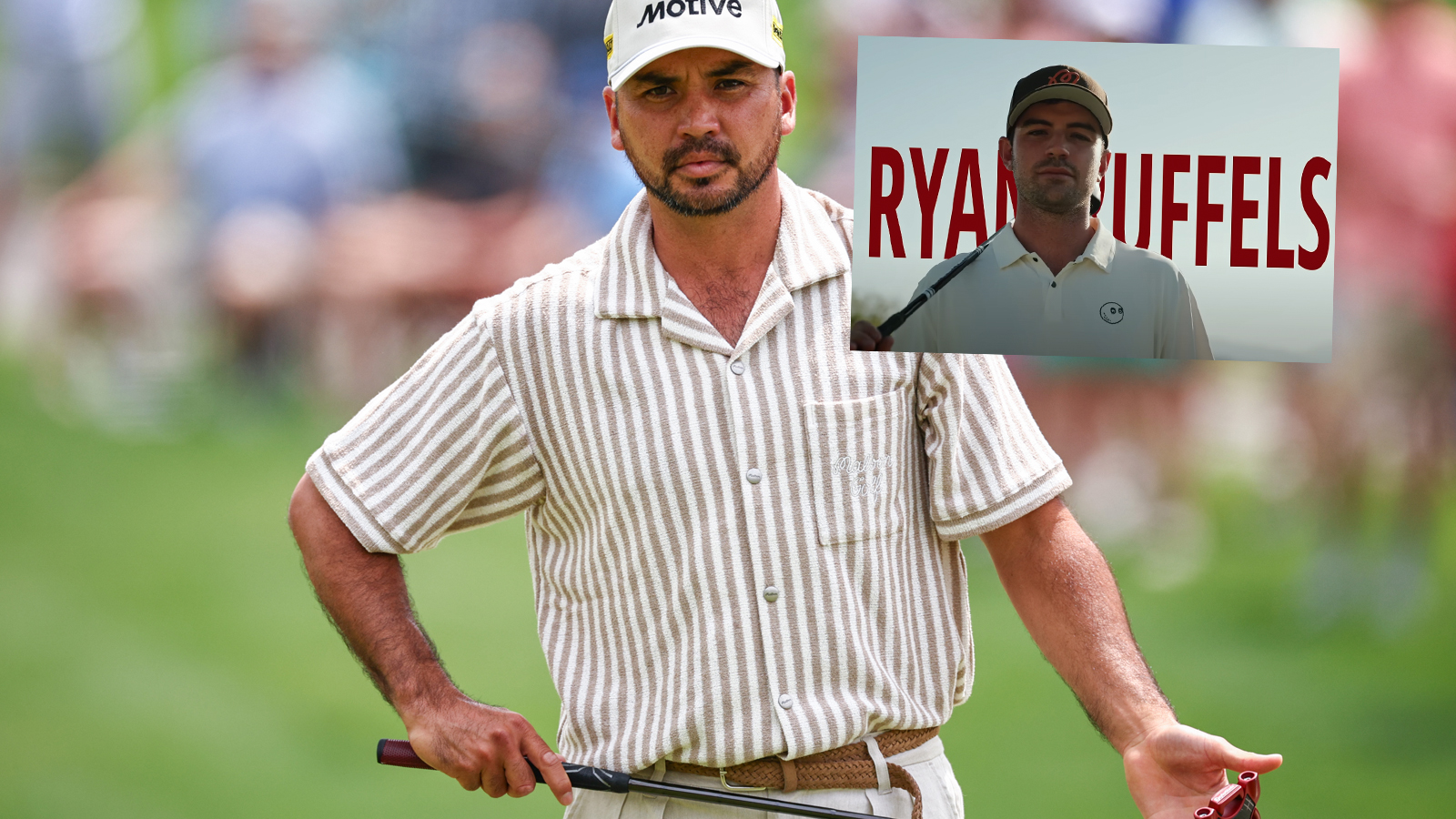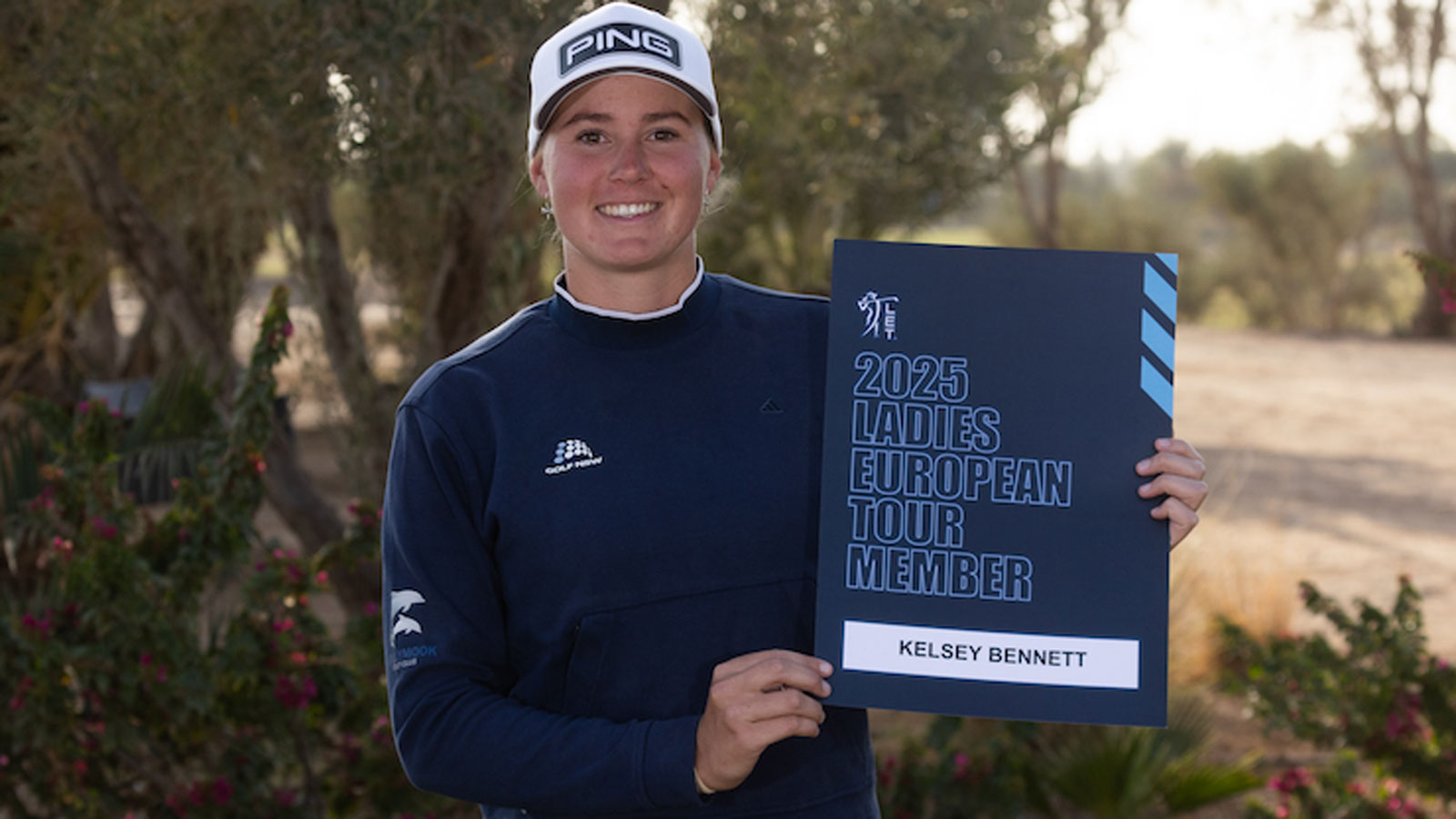Could Alister MacKenzie compete in his own design competition today? – Australian Golf Digest

- by Admin
- June 2, 2024
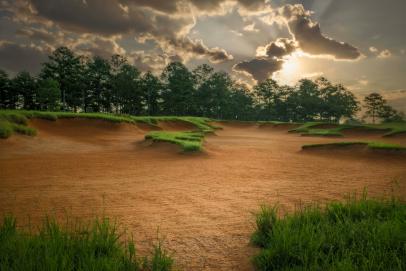
Alister MacKenzie has been departed for 100 years, but his architectural concepts and design philosophies live on. In fact, you could say they’ve taken on a life of their own.
Each year since 1998, except for 2004 and 2020, hundreds of aspiring architects and dreamy designers have conjured the spirit of MacKenzie when putting pen to paper for the “Ray Haddock” Lido Prize Contest, the country’s preeminent amateur design competition.
The 88 participants this year, from six countries, were tasked with designing a unique two-shot par 4, each conjuring all the theoretical MacKenzie-like landforms and diversionary tactics they could think of, and then some, to create beautifully rendered if often head-spinning displays of architectural bravado and subterfuge.
These models are often riffs on the winning drawing MacKenzie created for a 1914 design contest in the British Country Life magazine, a rather head-spinning par 4 in its own right that was intersected with sinister channels of sand and moguls to orchestrate different ways to play the hole for different skill levels.
One of the judges, architect C.B. Macdonald, was impressed enough to actually build the hole, revamping it as the 18th at The Lido he was designing for a site on Long Island, hence the name of the contest (that hole, and the course, was paved over during World War II but resurrected in 2023 at The Lido at Sand Valley in Wisconsin).
How taxing was it for Macdonald and the other Country Life judges to select a winner? Perhaps not much since MacKenzie’s drawing was uniquely complex (he was not yet a practicing architect).
On the other hand, it can be mentally draining to synthesize the different strategic choices and lines of play laid out by all the 2024 entries when displayed side by side. Since the competition began, the dominant theme has been alternate routes to the hole, a la MacKenzie 1914, with the drawings often presenting three or four or five viable ways to tack from tee to green. There are heroic carries, island fairways, greens with cascading tiers and hole locations, and rugged bunkers biting into landing zones and greens.
More from Golf Digest Golf Digest Logo Revenge of the Bunkers: Why today’s architects are back to being so wicked
This year’s task of deciphering the theoretical puzzles and selecting a winner went to golf course builder Jim Urbina, who is currently remodeling two MacKenzie designs: a greens restoration at Pasatiempo, ranked 96th on America’s 100 Greatest Courses, and St. Charles in Manitoba, the only MacKenzie-designed course in Canada. He’s the consulting architect at Clermont C.C. in Oakland, and previously restored The Valley Club of Montecito (no. 76) with Tom Doak.
Urbina, who last judged the Lido competition in 2015, was inspired by the level of competency and detail of the finalists he judged.
“Some of the drawings were just eye-popping in their texture and the way they were presented,” he says. “The way these people bring the holes to life is kind of spooky.” It was easy to see the third dimension and the various depths and physical formations.
“The criteria for me was imagination, first and foremost,” Urbina says. “I was looking for something I had not seen before. I was looking for something with deception, and for something that had some background in places but also no background in others,” meaning aspects of the hole that had supporting vistas in some backdrops and bare, or “infinity” horizons in others.
The winning entry is from Steve Turner, of Millbrae, Calif., who receives a $3,000 cash prize and an invitation to attend the Alister MacKenzie Society’s annual gathering at Cypress Point later this year. His hole is an options-laden par 4 that runs along a chasm of sand on the left. The drive can play short to a peninsula of fairway, play well to the right for a different angle into a lobed green, or attempt to carry a second finger of sand 300 yards in the air from the rear tees.
A lone cypress at the 250-yard mark does the same kind of work that the cluster of trees short of the green at Cypress Point’s 17th do, making the player hit accurately and bravely to small areas on either side for a clear second shot.
“What got my attention is that the winning drawing had only one border,” Urbina says. “It told me I couldn’t, or shouldn’t be on the left, but it didn’t tell me where I couldn’t hit it on the right. You can go as far right as you want, and that might be the best way to play the hole some days. And from that side, there’s no backdrop to the green—it’s a completely different look.”
Turner’s drawing also indicates that when the flag is in certain positions on the green, namely at the right-rear center lobe, the player might consider hitting it left onto the sand chasm for the best approach angle.
“You’re talking about creative stuff when you’re working with one or no borders,” Urbina says. “You go your way and I’ll go mine, and I’ll meet you at the green. And that’s what (Turner’s) drawing did for me—it was the creativity, the what ifs, the how can I?”
Urbina notes that the Lido Prize entries have gotten so advanced, they might even function as blueprints in the hands of a talented architect or shaper.
“I know that Mackenzie’s drawings didn’t really do that,” he says. “It would be easier to follow and execute one of these than it would have been back in his day, in the Country Life time. I saw some of these and thought, I could go build this, easily.”
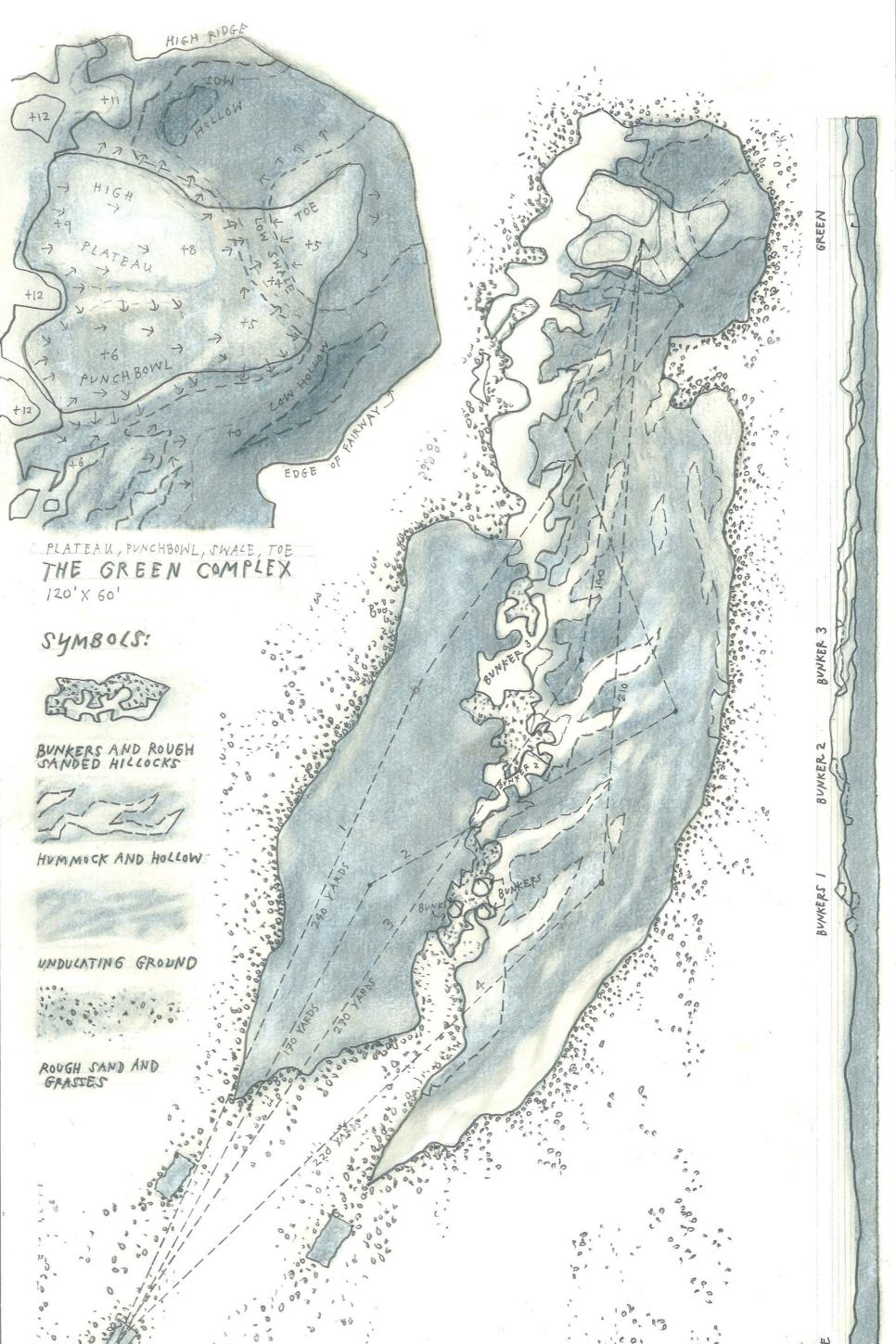
Runner up Gil Rampy’s drawing.
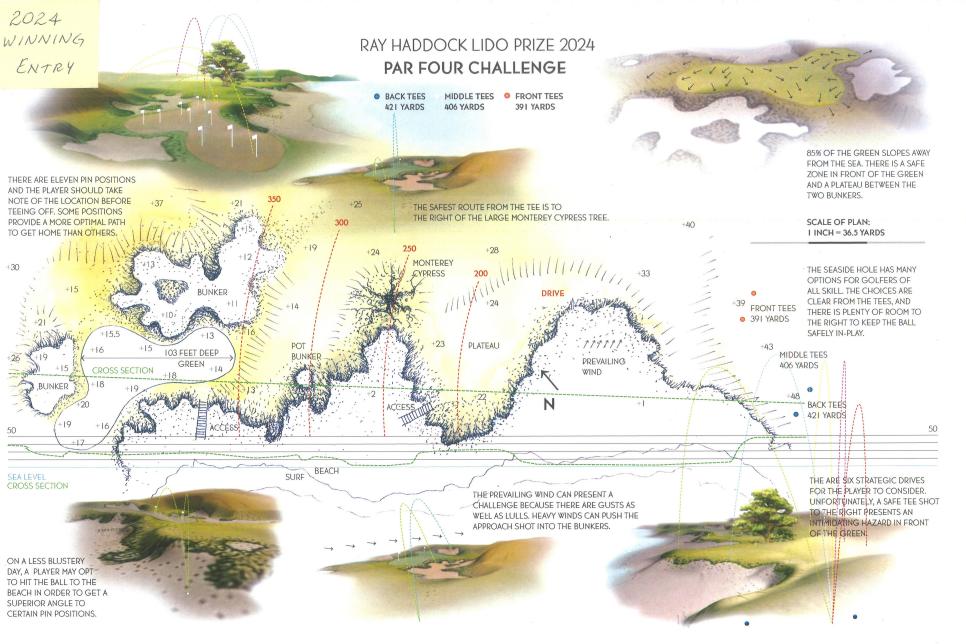
The winning entry from Steve Turner, of Millbrae, Calif.
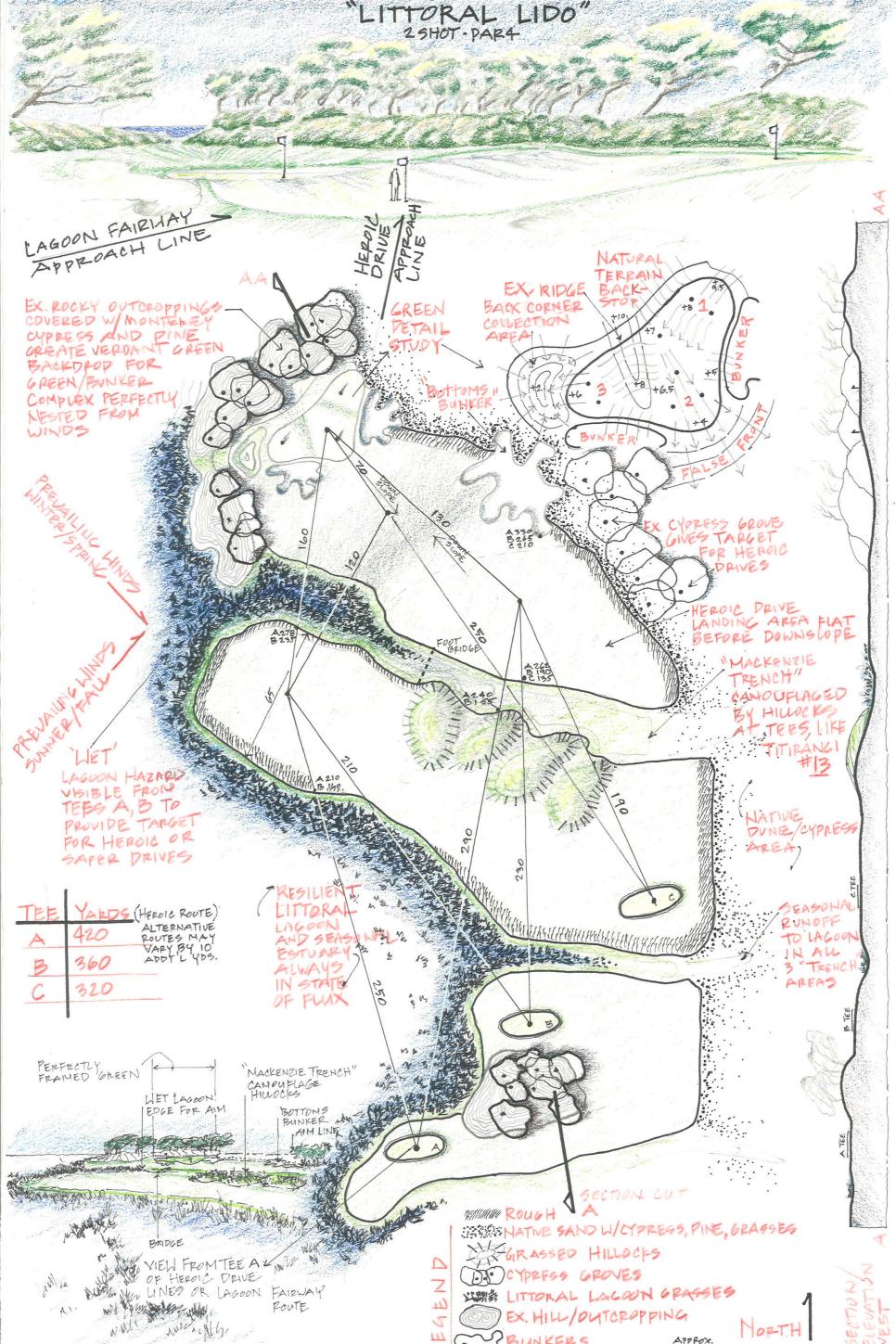
Alan Berger’s runner-up drawing.
They’ve surpassed their inspiration in artistry, and in some cases concept, to the point that MacKenzie would have difficulty competing in his own competition. “His drawing,” Urbina jokes, “might go right in the trash can!”
This article was originally published on golfdigest.com
The Latest News
-
December 25, 2024Aussie path to Champions Trophy glory begins with Ashes clash as schedule revealed
-
December 24, 2024‘Good to go’: Head’s cheeky injury jab as ‘unbelievable’ Aussie run machine gets green light
-
December 24, 2024How to watch the NFL in Australia: Full Boxing Day schedule for Netflix’s first ever NFL stream | Sporting News Australia
-
December 24, 2024Cricket 2024: Boxing Day Test Talking Points, India vs Australia, Melbourne Cricket Ground, Sam Konstas debut, Jasprit Bumrah, news, videos, ideas, analysis
-
December 24, 2024Australian gold miner makes $443 million claim in international court


